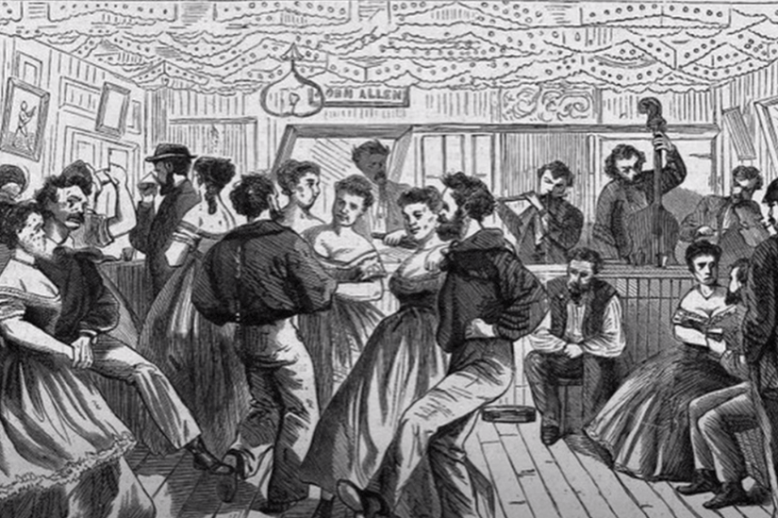Era
Organizational category for historical articles
When professional rowing was the biggest sport going, Frenchy Johnson burst out of the West End to become the fastest oarsman in Boston, and among the first African-American athletes to achieve national recognition. And rowing wasn’t even his best sport.
In 1847, sixty-six former slaves arrived at Boston’s Long Wharf. One of the group’s members, Peter Randolph, was instrumental in securing the former slaves’ freedom and the compensation promised to them. Randolph and others from the sixty-six became active members of the West End community.
The Mattapan Project was first mentioned by the Boston Housing Authority in 1952 and later by the Boston Redevelopment Authority in 1962 as a possible urban renewal project. Despite the preliminary planning funding being granted in 1963 and the urban renewal application prepared in 1964, the project was dropped by the City of Boston. The delays in the Mattapan Project’s site development and the eventual abandonment of the plan helps to demonstrate the changes in public opinion on urban renewal projects of the time.
Born into an Orthodox Jewish family, artist Hyman Bloom grew up in the West End attending the Vilna Shul with his father. In adulthood, he veered away from Orthodox Judaism and towards the mystic, esoteric, and occult. Bloom’s art both parallels and is the product of his spiritual journey.
From before the Civil War into the early 19th century, the Revere House was considered Boston’s most prestigious hotel, catering to the city’s elite and discerning guests from around the world.
In August 1823, Mayor Josiah Quincy organized a group of law-abiding volunteers to raid the West End’s notorious center of vice, called The Hill. Two years later, North End residents formed their own posse to tear down houses of ill repute in the neighborhood, leading to what became known as The Beehive Riot.
In 1931, Mayor James Michael Curley planned to sell 50,000 square feet of city land, on North Grove Street in the West End, to Massachusetts General Hospital. Because this land was used by the Public Works Department for sanitation in the West End, residents – and city councilor John I. Fitzgerald – strongly opposed the sale. Fitzgerald, associated with West End boss Martin Lomasney, successfully advocated for the proceeds of the sale to be allocated for continued sanitation services in the West End.
The Lost Streets of the West End: Minot Street was one of the dozens of narrow, residential, West End streets razed by redevelopment in the 1950s. While the two street blocks on the northern side of the redevelopment zone were changed profoundly by urban renewal, the site’s rich history represents the constantly shifting geography of the Boston cityscape over the past two centuries.









